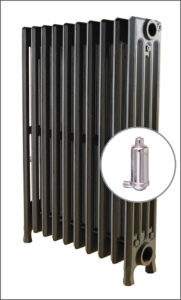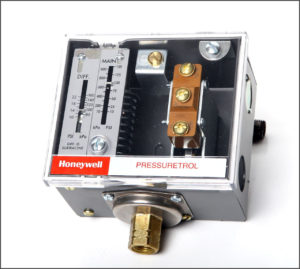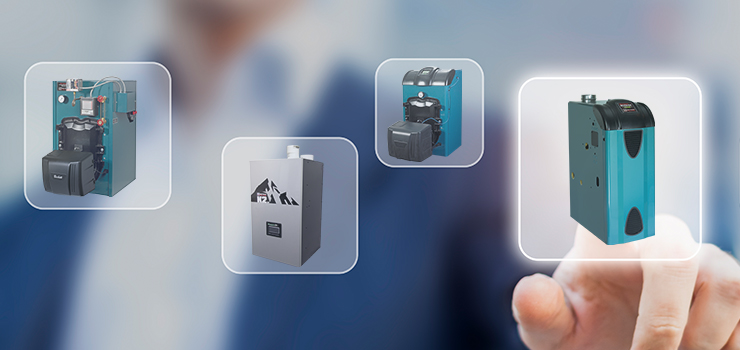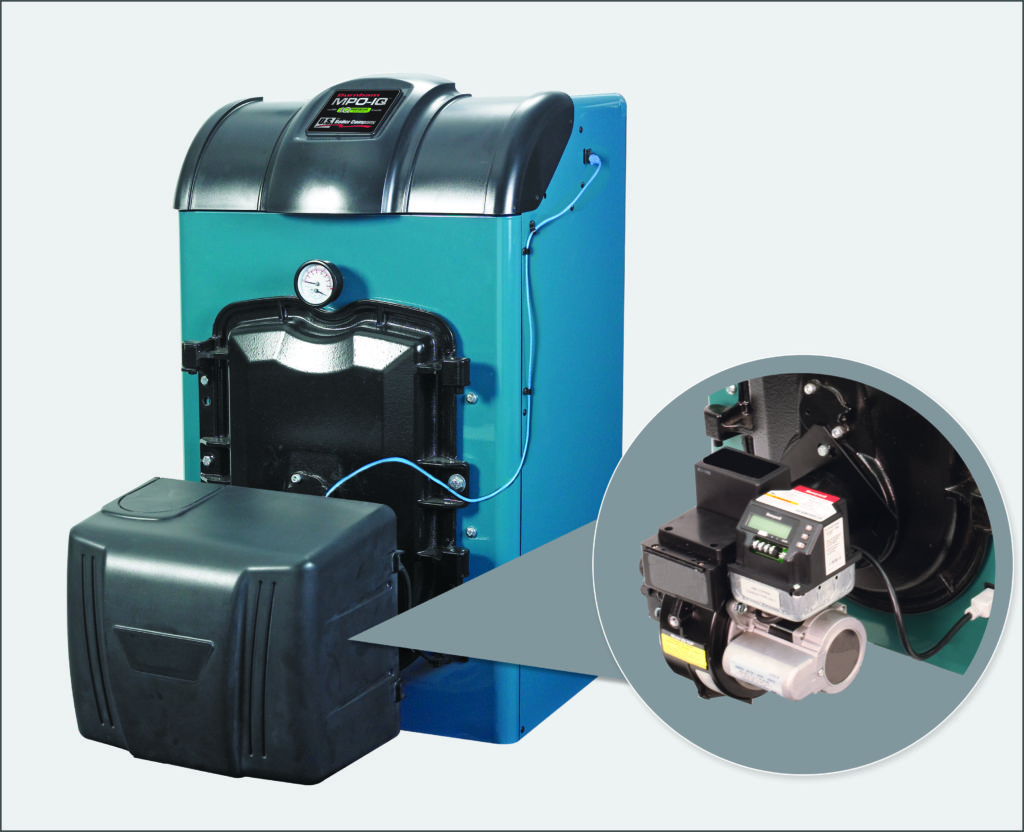At the heart of every radiant heating system is a boiler. The boiler is responsible for heating water or making steam. That hot water or steam is then distributed throughout the house, usually to radiators. In turn, these radiators efficiently transmit heat into the living space, creating total home heating comfort. Purchasing the right boiler for your specific needs will keep you comfortable for years to come while keeping your energy bills low.
So, how do you choose the right replacement boiler for your home? There are many factors that go into selecting a boiler. Below, we will discuss a few starting points for choosing the correct boiler to fit your home heating needs.
*Not sure if you have a boiler? Start here – “Do I have a boiler or a furnace?”
Fuel source
Assuming that you have an existing boiler that you’d like to replace, the best place to start is to determine what fuel source you currently have.
The most common fuel used by boilers is natural gas. Do you have gas pumped to your home from a utility main? Do you receive a monthly bill for the amount of gas you use? If so, you will most likely need a natural gas boiler.
However, natural gas is not available everywhere. The next most common fuel type is liquid propane (LP). Propane is stored in a tank on a property and located either above or underground. Typically, propane is delivered a few times per year. Many natural gas boilers are also available for propane applications.
Another type of fuel delivery to the home is fuel oil. Perhaps you just bought the home and you’re still unsure of the fuel source. If you have an oil tank in the basement, garage, outside, or buried in the ground, there’s a chance that your hydronic system uses fuel oil. Oil boilers are also visually unique from other boilers in that they feature a burner that protrudes from the front of the boiler itself. Burners are generally low to the ground, and roughly the size of a basketball.
Above: A MPO-IQ oil-fired high efficiency boiler has a burner that extends from the front of the boiler.
Steam or water
After you’ve determined the fuel source, it’s time to find out if you have a steam or a hot water system. Most of the steam systems in the United States are concentrated in the Northeast. These systems are typically old, but that does not mean they are not reliable, comfortable, or efficient systems. When properly maintained, steam systems can provide comfortable heating for a very long time.
 There are three easy ways to tell if you have a hot water or steam system in your home. If your cast iron radiators have an “air vent,” you have a steam system. An air vent is a small valve attached to the side of a standing cast iron radiator that lets air escape from the radiator as fresh steam is supplied to the radiator. These are known to hiss very quietly from time to time when the heat is turned on. Air vents will not be present on a water radiator.
There are three easy ways to tell if you have a hot water or steam system in your home. If your cast iron radiators have an “air vent,” you have a steam system. An air vent is a small valve attached to the side of a standing cast iron radiator that lets air escape from the radiator as fresh steam is supplied to the radiator. These are known to hiss very quietly from time to time when the heat is turned on. Air vents will not be present on a water radiator.
The second way to tell if you have a steam system is to look at the boiler itself. A steam boiler is unique in that it has what is called a “Pressuretrol.” This  device is usually the size of a small book, and has a clear cover that provides a look at the wiring inside. Many Pressuretrol controllers are made by Honeywell, and will likely be branded as such.
device is usually the size of a small book, and has a clear cover that provides a look at the wiring inside. Many Pressuretrol controllers are made by Honeywell, and will likely be branded as such.
Lastly, if you have just a single pipe leaving your boiler, and no pipe returning to your system, this is a sure sign that you have a steam system. This is a “one pipe steam” setup in which steam leaves the boiler in the upper part of the pipe and returns to it at the bottom of the pipe once it has cooled and condensed.
Venting
Another important consideration when choosing a boiler is how the unit will be vented. Not all boilers can be vented the same way. If your home has a masonry chimney, and you want to use it to vent your new boiler, your options are not as numerous. In some situations, lining a chimney can allow it to be re-used with a boiler, but not always. High efficiency boilers cannot be vented into a chimney liner and need to be vented through PVC, CPCV or polypropylene. However, even if a chimney is present, most homes can be easily retrofitted with new venting to permit the installation of any boiler regardless of efficiency level.
Size
Size matters! Choosing a boiler that is too large for your home will make it less efficient and increase your operating costs. Oversized boilers waste fuel and ultimately shorten the life of the system because they “short cycle”… essentially running for a short period of time, then turning themselves off quickly once the heating demand is met. Your heating contractor should spend significant time inspecting your current system and assessing the size of your home, level of insulation, and heat loss. This information will allow your heating contractor to perform a heat loss calculation to help them better understand your home heating needs and determine the best boiler size for your home.
Next steps
A professional home heating contractor is your best resource to determine which boiler in U.S. Boiler Company’s extensive line is the best fit for your home heating comfort. You can also browse our site for a professional heating contractor in your area who can help you decide what equipment is best suited for your home heating needs.
If you would like to get an idea of what that selection might look like, you can use our boiler selection tool to narrow down your boiler options depending on your fuel source, type of system (water or steam), and venting needs.


